NHTSA Study Confirms New Cars Are Safer, Regulations Not a Scam

You might want to sit down for this one. The National Highway Traffic Safety Administration (NHTSA) released a study this week showing older cars without modern day safety hardware are — and I’m sorry to say this — far more dangerous than newer vehicles. Unbelievable, right?
Of course not. As tacked on and obnoxious as a lot of safety regulations often seem, they are delivering onto us safer automobiles. The old maxim of “they don’t build cars like they used to” is absolutely true, but not in the way your grandfather meant it. According to data compiled from the U.S. government’s Fatality Analysis Reporting System (FARS) between 2012 and 2016, fatal incidents occurred in older model-year vehicles at a much higher rate than their newer counterparts. Not surprisingly, the NHSTA also suggested the severity of an occupant’s injuries increase the older a vehicle gets.
Still, the disparity between the vehicle age groups is surprisingly vast.
Incidents that resulted in death saw 26 percent of occupants riding in 2013-17 model-year autos perish, while 55 percent died in cars in models dated 1984 or older.
However, the data is somewhat generalized and doesn’t take the finer details into account. One reason newer vehicles statistically perform better in crashes is because they weigh so much more. In an attempt to highlight the crashworthiness of modern automobiles, the Australasian New Car Assessment Program chucked two Toyota Corollas at one another last year. One was from 1998 and the other was from 2015.
To the surprise of no one, the newer car fared much better in the test. But what really surprised testers is just how ravaged the older Toyota ended up. A lack of driver restraint systems allowed the dummy to bounce around the interior like a pinball while structural failures resulted in the total deformation of the cabin. A lot of that has to do with where and how the vehicle is reinforced, but weight also plays a factor — and a 2015 Corolla outweighs the 1998 model by about 400 pounds.
This isn’t the case for every single model. Some have gotten lighter, but the general trend over the last 15 years is for most cars to pack on the pounds. The prevalence of SUVs has also bulked up average weight. On the road, this translates into more opportunities for two-ton trucks to go head-to-head with a 1,900-pound Geo Metro.
That doesn’t make the NHTSA’s data bogus. Had those two Corollas shared an identical curb weight, the newer model would probably still have shined far brighter in the crash test. But it does explore one more reason why the older cars did so poorly in the study.
The NHTSA attributed continued gains in vehicle safety systems as the primary reasons newer cars performed so well. That progress was also shown in the FARS analysis. Here is the proportion of occupants killed in a crash, broken down by vehicle model year, according to the study:
1984 and older — 55 percent
Included with the study was a “ pocket shopping guide” intended to help motorists better understand driver assistance technologies. While an invaluable hunk of consumer data in a world where the average driver appears to have next to no understanding of how these technologies work, we’d have preferred seeing the agency take it a step further by warning drivers not to over-rely on these systems. The NHTSA actually seems more interested in convincing shoppers the technologies are safe.
In one section of the pocket guide, a short FAQ asks: “Do these driver assistance technologies make my vehicle more vulnerable to hacking?” Interestingly, it doesn’t give a yes or no answer. Instead, we get the explanation that the Department of Transportation and automotive companies “consider cybersecurity a critical issue for the future safe deployment of these technologies.”
Research has shown that motorists are far too trusting of advanced driving aids. Many systems can also lead to diminished skills and absentmindedness, despite providing an additional safety net. We also know that connected cars are at a far greater risk of hacking — not just because we’ve seen that it is theoretically and technically possible, but also because older cars don’t have the electronic systems required. While that shouldn’t scare you away from purchasing a new vehicle, we’d like to see the NHTSA operating at maximum objectivity. Otherwise, it makes it seem like they’re trying to hawk new cars and tech on behalf of the automotive industry.
[Image: Institute for Highway Safety]

A staunch consumer advocate tracking industry trends and regulation. Before joining TTAC, Matt spent a decade working for marketing and research firms based in NYC. Clients included several of the world’s largest automakers, global tire brands, and aftermarket part suppliers. Dissatisfied with the corporate world and resentful of having to wear suits everyday, he pivoted to writing about cars. Since then, that man has become an ardent supporter of the right-to-repair movement, been interviewed on the auto industry by national radio broadcasts, driven more rental cars than anyone ever should, participated in amateur rallying events, and received the requisite minimum training as sanctioned by the SCCA. Handy with a wrench, Matt grew up surrounded by Detroit auto workers and managed to get a pizza delivery job before he was legally eligible. He later found himself driving box trucks through Manhattan, guaranteeing future sympathy for actual truckers. He continues to conduct research pertaining to the automotive sector as an independent contractor and has since moved back to his native Michigan, closer to where the cars are born. A contrarian, Matt claims to prefer understeer — stating that front and all-wheel drive vehicles cater best to his driving style.
More by Matt Posky
Latest Car Reviews
Read moreLatest Product Reviews
Read moreRecent Comments
- 3-On-The-Tree My 2009 C6 corvette in black looks great when it’s all washed and waxed but after driving down my 1.3 mile long dirt road it’s a dust magnet. I like white because dust doesn’t how up easily. Both my current 2021 Tundra and previous 2014 Ford F-150 3.5L Ecobomb are white
- Bd2 Would be sweet on a Telluride.
- Luke42 When will they release a Gladiator 4xe?I don’t care what color it is, but I do care about being able to plug it in.
- Bd2 As I have posited here numerous times; the Hyundai Pony Coupe of 1974 was the most influential sports and, later on, supercar template. This Toyota is a prime example of Hyundai's primal influence upon the design industry. Just look at the years, 1976 > 1974, so the numbers bear Hyundai out and this Toyota is the copy.
- MaintenanceCosts Two of my four cars currently have tires that have remaining tread life but 2017 date codes. Time for a tire-stravaganza pretty soon.


















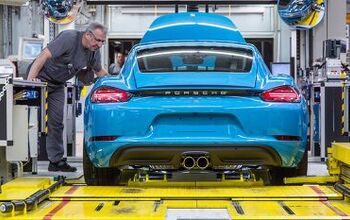

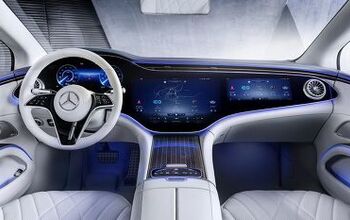
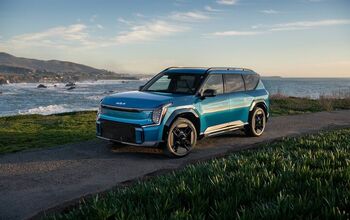
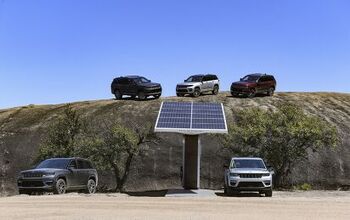

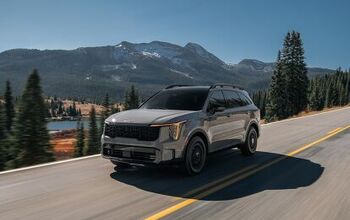
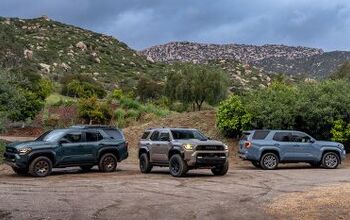
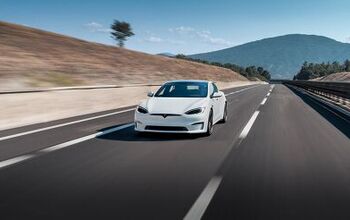
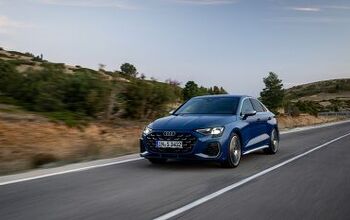

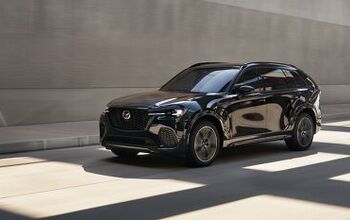
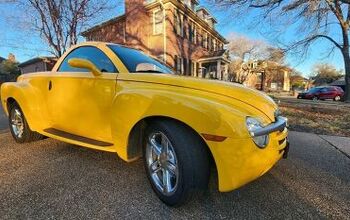

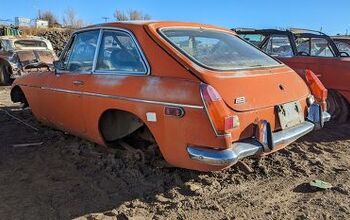
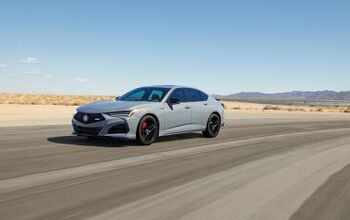
Comments
Join the conversation
I'd like to see this on a chart with the ATP cost of vehicles behind it (inflation adjusted and non-inflation adjusted).\ "1985-1992 — 53 percent 1993-1997 — 46 percent 1998-2002 — 42 percent 2003-2007 — 36 percent" 53% to 36% in twenty years is great! "2008-2012 — 31 percent 2013-2017 — 26 percent" Diminishing returns. Go back to the 08-12 regulations and reduce cost OR freeze the current standards for a decade so costs come down through economies of scale.
One point I don't see much being made of here is maintenance and age. A car of any age is going to depend in part on how far out of spec the various components are. For every older car on the road where everything has been replaced on schedule, there will be fifty who are lucky to have tires with tread on them. Having a 1997 Volvo 850 deploy its airbags in an accident will only mean so much when the brittle clips holding the dash in place fail in the impact and the whole thing lands in your lap anyway...